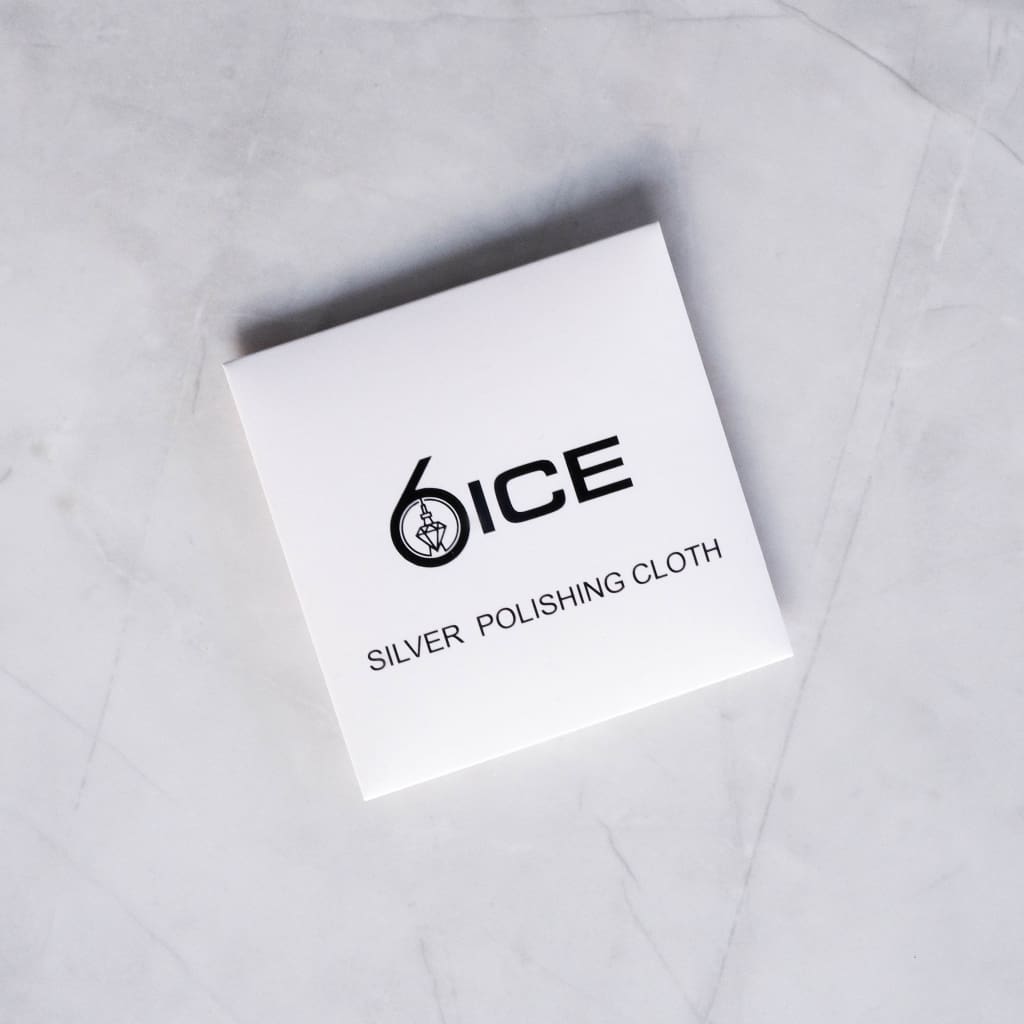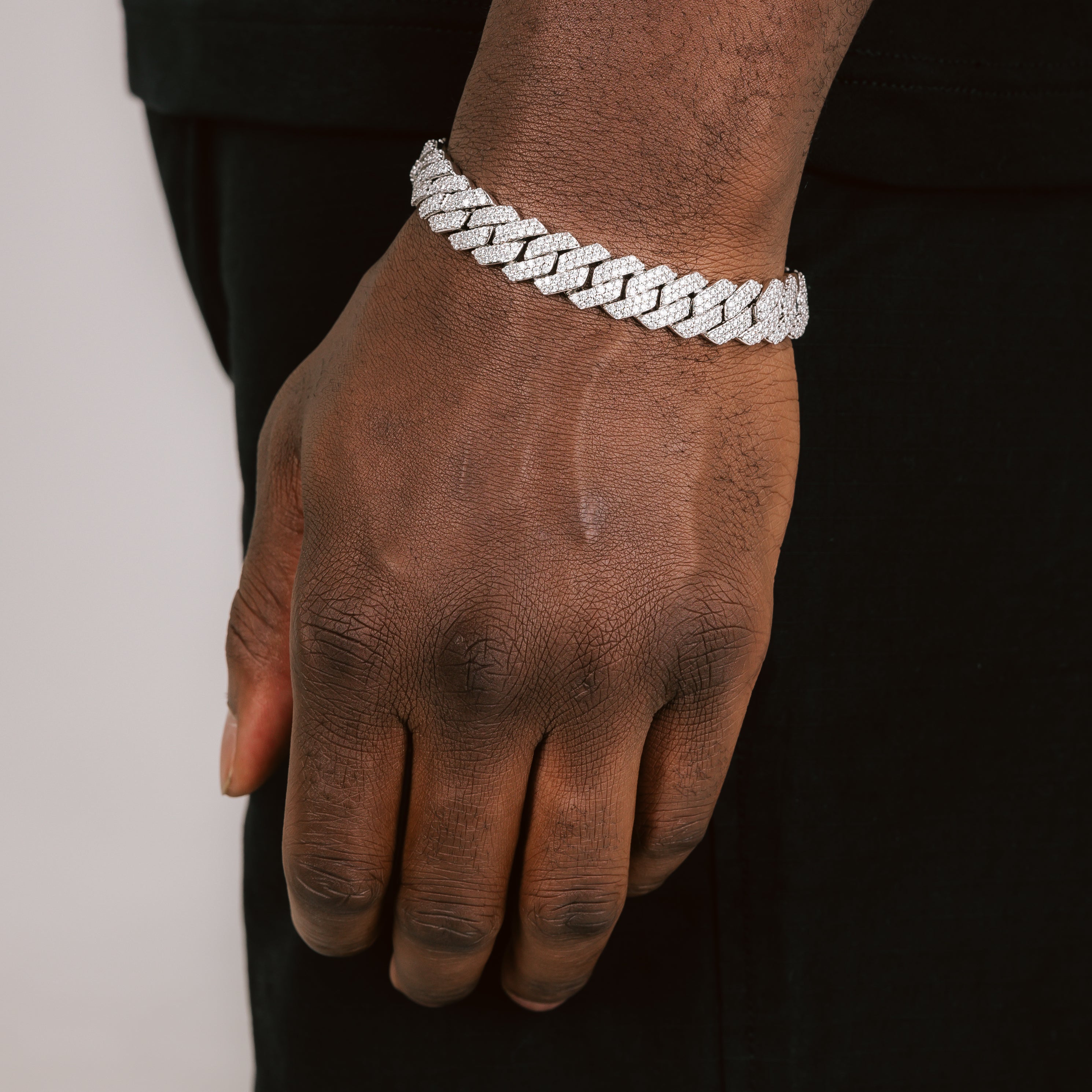Jewelry Cleaning Cloth
Achieve a briliant shine with our high-quality reusable polishing cloth
$0.00 $20.00

Your Cart Is Empty
LIMITED TIME OFFER - SALE ENDS IN: ::
FREE GIFT
FREE SHIPPING
Achieve a briliant shine with our high-quality reusable polishing cloth

Your Cart Is Empty
Your purchase must be $100 and over to get the Free Gift!
Your purchase must be $150 and over to get the Free Gift!
Offer ends in10:00

 (119 reviews)
(119 reviews)
Upgrade your order with this stunning piece to match with your other items.
$140.00$311.00
$140.00$311.00
$140.00$311.00
Decline this offer
By entering my email address I agree to receive all communication from 6 ICE.
Enter your phone number
to get EXTRA 10% OFF.
No, I don't want my prize
No, I don't want Extra 10% OFF
Diamonds come in various sizes, and understanding how size influences cost is crucial when it comes to making a diamond purchase. In this informative guide, we will take a deep dive into the world of diamond pricing and explore the intricate relationship between size and cost. From the significance of carat weight to the influence of market demand and rarity, we will unravel the factors that determine the price variations based on diamond size. Whether you're a jewelry shopper or a diamond enthusiast, this article will equip you with the knowledge to navigate the diamond market with confidence.
The cost of diamonds can be calculated with a calculator by considering various factors such as carat weight, color, clarity, and cut. Carat weight refers to the size of the diamond, with larger diamonds generally commanding higher prices. Colorless diamonds are considered more valuable than those with yellow or brown tints. Clarity refers to the presence of any internal or external flaws, with flawless diamonds being rarer and more expensive. Cut refers to the way the diamond has been shaped and faceted, with well-cut diamonds reflecting light better and thus being more costly. Additionally, market demand, brand reputation, and the overall quality of the jewelry piece can also influence the calculated cost of a diamond.
By following these steps and considering these factors, individuals can determine the cost of a diamond and make informed decisions when purchasing diamond jewelry.
Yes, the size of a diamond does impact its cost. Carat weight, which is a measure of a diamond's size, is one of the most significant factors in determining its cost. Generally, larger diamonds have a higher cost compared to smaller ones. This is because larger diamonds are rarer and require more rough material to be mined and cut.
The process of obtaining a larger diamond involves more time, effort, and expertise, which contributes to its higher price. Additionally, larger diamonds are often more desirable and sought after, leading to increased market demand and further driving up their cost. However, it's important to note that the cost of a diamond is not solely determined by its size.

The clarity of a diamond has a significant impact on its price. Clarity refers to the presence of any internal or external flaws, known as inclusions and blemishes, respectively. Diamonds with higher clarity grades, indicating fewer flaws, are rarer and more valuable, thus commanding a higher price. The absence of visible inclusions or blemishes enhances the worth and overall desirability of a diamond.
However, it's important to note that the impact of clarity on price can vary depending on other factors such as carat weight, color, and cut. For example, a larger cushion cut diamond with a higher clarity grade may have a higher price compared to a smaller diamond with the same clarity grade.
The value of loose diamonds versus used diamonds can vary depending on several factors. Loose diamonds, which have not been set into jewelry, are often considered more valuable due to their versatility and potential for customization. They can be used to create unique and personalized pieces of jewelry according to individual preferences. On the other hand, used diamonds, which have been previously set in jewelry, may have a lower value due to wear and tear, potential damage, or outdated settings.
Colored diamonds can be more expensive than traditional white diamonds due to their rarity and unique characteristics. While white diamonds are graded primarily based on their lack of color, colored diamonds are valued for their vibrant and distinct hues. The rarity of naturally occurring colored diamonds, especially those with intense and vivid colors, contributes to their higher price. Additionally, the demand for colored diamonds has increased in recent years, further driving up their cost. However, it's important to note that the price of colored diamonds can vary depending on factors such as the intensity of the color, the size of the diamond, and the overall quality.
In conclusion, understanding the factors that influence the cost of diamonds is essential for anyone interested in purchasing diamond jewelry. From carat weight and color to clarity and cut, each aspect plays a significant role in determining a diamond's price. Additionally, market demand, brand reputation, and the overall quality of the jewelry piece also contribute to the cost. Whether it's the size of the diamond, the clarity grade, or the presence of color, each factor adds to the uniqueness and value of the diamond. By considering these factors and conducting thorough research, individuals can make informed decisions and find diamonds that align with their preferences and budget. Whether it's a traditional white diamond or a rare colored diamond, understanding the cost dynamics empowers individuals to make confident choices when it comes to purchasing these exquisite gemstones.
Step into a realm of elegance and artistry at 6 Ice, where affordable luxury meets impeccable craftsmanship. Our team of dedicated artisans brings dreams to life through their meticulous work, crafting stunning chains, enchanting rings, and intricate bracelets that will ignite your imagination. Whether you're enchanted by our captivating collections or have a vision for a one-of-a-kind design, our unparalleled artistry can be customized to fit your budget. Indulge in the world of exquisite jewelry, only at 6 Ice.
Sources
Be the first to hear about new product releases and VIP deals